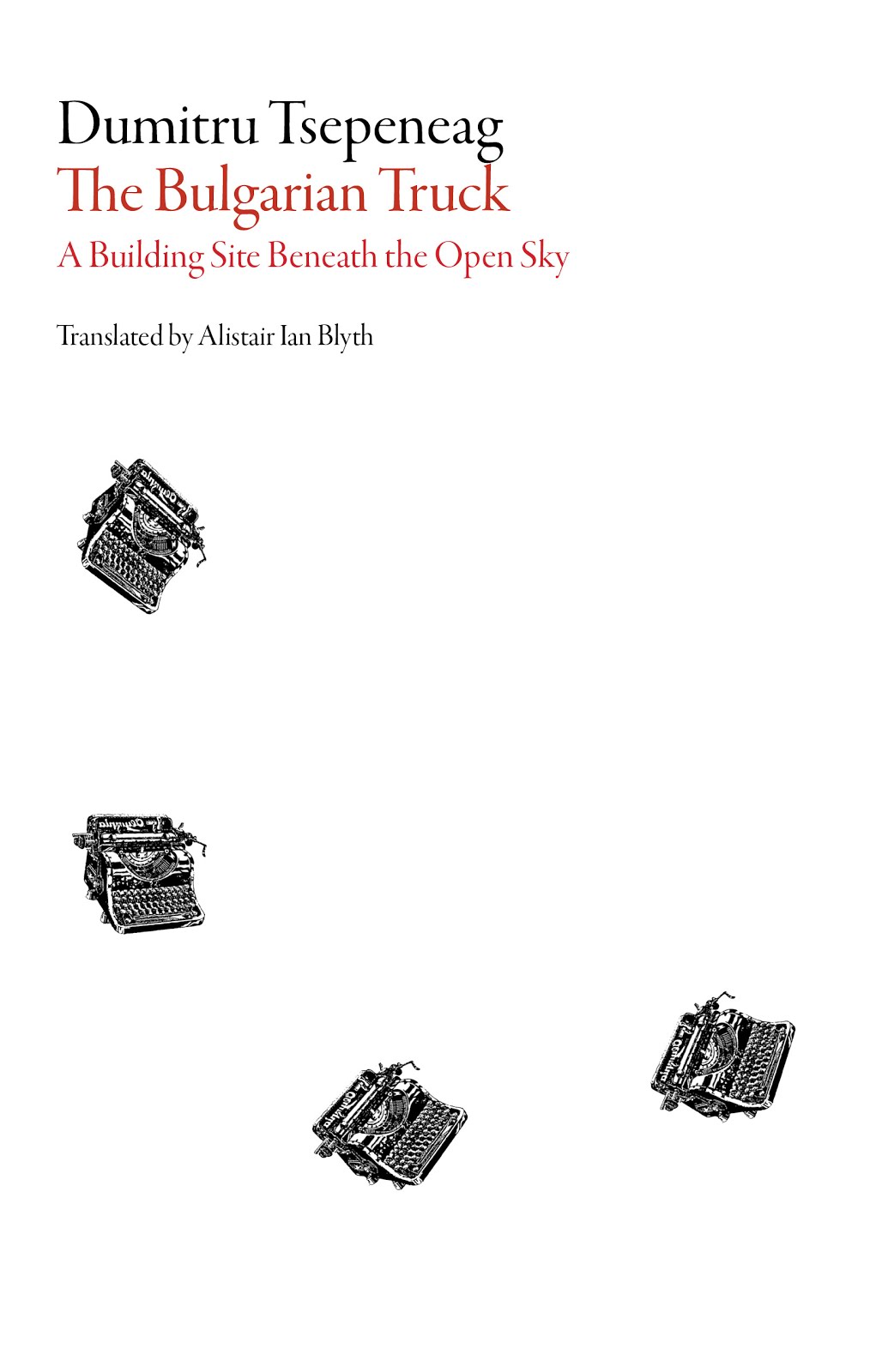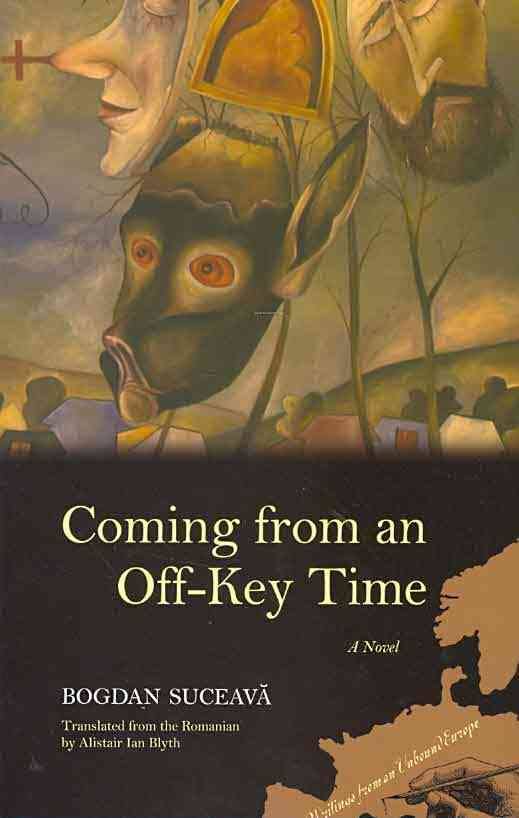Géza Róheim, Hungarian and Vogul Mythology,
Monographs of the American Ethnological Society, ed. Esther S.
Goldfrank, Vol. 23, J. J. Augustin Publisher, Locust Valley, New York,
1954, p. 30:
Karjalainen contends that the spirit [sc. World-Surveyor-Man or Gander-Chief], who is sometimes simply called the "Spirit of Troitsa," is of Christian origin. Foreign names such as Master 'master' are applied to him, and he has recently been identified with Christ, St. Nicholas, and St. George, while solar elements, which are present, are derived from Russian lore concerned with these saints. (1) Harva goes even further: The seven sons of the Sky God can be linked, he believes, to Iran, since the Amesha Spentas are seven, as are the Adityas of the Rigveda. Names, such as "Interpreter" (of God) and "Writer" came to the Ugric people through the Tartars, and indeed, some traits may go back to the planet gods and Nabu, the scribe of the gods. (2) (...) Gander-Chief or World-Inspector-Man is the patron god of the Moś moiety. Other designations for him, besides Lunt-Ater 'Gander-Chief', are Sorni-Ater 'Gold-Chief', or simply Ater 'Chief'. (3) In 1712 the missionaries found a brass idol representing a goose with extended wings, which was considered the patron god of swans, geese, and all water-fowl. (4) (...) We are told that his cult is localized in the village of Troitsa. He resides in a sacred forest near the village, and every Vogul is expected to make a pilgrimage to this place three times a year, or at least send him presents. Appeals for his help are usually made during the night in a dark hut, because it is just at this time that he is supposed to be traveling from one place to another on a white horse. When such an invocation impels him to descend to the earth, his servants deposit four metal plates, each bearing the image of the sun. (5)
Karjalainen contends that the spirit [sc. World-Surveyor-Man or Gander-Chief], who is sometimes simply called the "Spirit of Troitsa," is of Christian origin. Foreign names such as Master 'master' are applied to him, and he has recently been identified with Christ, St. Nicholas, and St. George, while solar elements, which are present, are derived from Russian lore concerned with these saints. (1) Harva goes even further: The seven sons of the Sky God can be linked, he believes, to Iran, since the Amesha Spentas are seven, as are the Adityas of the Rigveda. Names, such as "Interpreter" (of God) and "Writer" came to the Ugric people through the Tartars, and indeed, some traits may go back to the planet gods and Nabu, the scribe of the gods. (2) (...) Gander-Chief or World-Inspector-Man is the patron god of the Moś moiety. Other designations for him, besides Lunt-Ater 'Gander-Chief', are Sorni-Ater 'Gold-Chief', or simply Ater 'Chief'. (3) In 1712 the missionaries found a brass idol representing a goose with extended wings, which was considered the patron god of swans, geese, and all water-fowl. (4) (...) We are told that his cult is localized in the village of Troitsa. He resides in a sacred forest near the village, and every Vogul is expected to make a pilgrimage to this place three times a year, or at least send him presents. Appeals for his help are usually made during the night in a dark hut, because it is just at this time that he is supposed to be traveling from one place to another on a white horse. When such an invocation impels him to descend to the earth, his servants deposit four metal plates, each bearing the image of the sun. (5)
(1) K. F. Karjalainen, Die Religion der Jugra-Völker, Folklore Fellows Communications, nos. 41, 44, 63, Helsinki, 1921-27 (44), pp. 191-93.
(2) Uno Harva, Finno-Ugric, Siberian Mythology, Archaeological Institute of America, 1927, pp. 403-410.
(3) Munkácsi Bernát, Vogul Népköltési Gyűjtemény, vol. II, pt. 1, Budapest, 1910-1921, p. 53.
(4) Ibid., p. 66.
(5) Karjalainen, ibid. p. 190. In one Ostyak village the tin image of the sun with rays was put up for the winter and hung on a holy larch during the sun's absence (Lehtisalo, Entwurf einer Mythologie der Jurak Samojeden, Mémoires de la Société Finno-Ougrienne, no. 53, 1924, p. 17).





















No comments:
Post a Comment